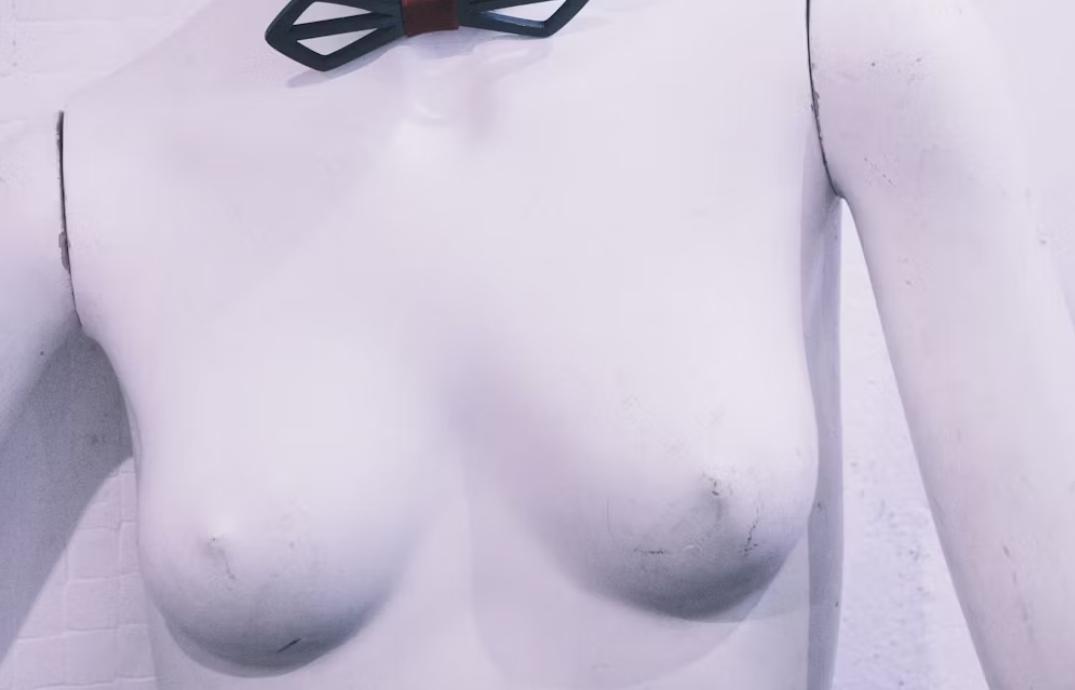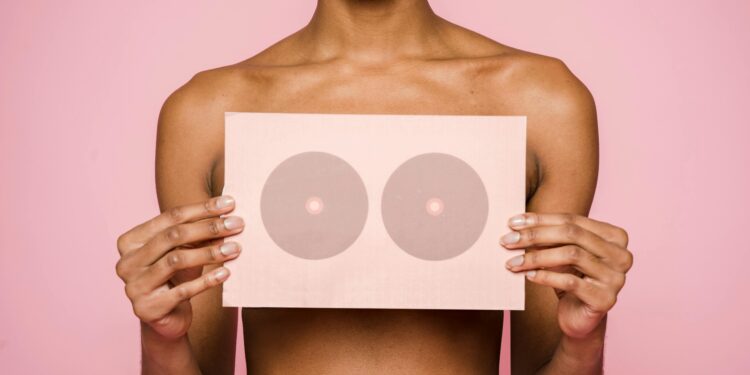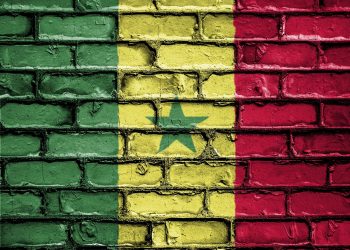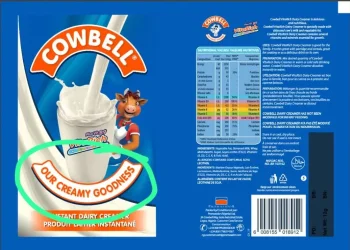Breast pain does not always mean breast cancer. A lot of people have thought that breast pain is always a sign of a serious condition. However, a disorder called mastalgia is also connected to certain instances of breast pain. Although this condition is not life-threatening, it can be discomforting, unsettling and also disrupt the daily life of a person.
Interestingly, breast pain is one of the most common complaints among individuals with breasts. It’s about 50-70% experiencing it at some point in their lives. Mastalgia is divided into two categories: cyclical and non-cyclical.

Cyclic Mastalgia
The most common type of breast pain, cyclic mastalgia, is associated with hormonal fluctuations in the body, especially during the menstrual cycle.
Causes for Cyclic Mastalgia
Your hormone levels, particularly those of estrogen and progesterone, normally fluctuate throughout the month if you’re a woman. Just before your period, these hormone changes can make your breast tissue swell and become more sensitive. This is the reason why some people feel pain or tenderness in their breasts at the same time every month.
Characteristics of Cyclical Mastalgia
- This pain typically starts a week or two before your period and goes away once your period starts.
- The pain affects both breasts, usually in the upper and outer areas, and in some cases may spread to your underarms.
- The pain is often described as a dull ache or heaviness. Some people might feel that their breasts are lumpy.
- This pain is very predictable because it happens regularly, almost at the same time each month.
Non-Cyclic Mastalgia
Non-cyclic mastalgia is a type of breast pain that doesn’t typically follow a pattern or depend on hormonal changes like your menstrual cycle. This kind of pain can happen at any time and could last for a short period or for weeks or months. Rather than hormonal fluctuation, this type of breast pain is caused by physical or medical issues and often affects one breast or a particular area in the breast.
Causes of Non-Cyclic Mastalgia
Injury: Accidents like a hit to the chest or bumping into something hard can injure the breast tissue or the muscles surrounding the breast, which causes pain. Even if the injury happened a while ago, it can leave the area tender or sore for some time, could be weeks or even months.
Infections (Mastitis): Infection in the breast is caused by bacteria entering through cracked skin or a sore nipple, which can leave the breast swollen and having intense pain. This is a more common case for breastfeeding mothers, but can also happen to others. The infection causes the breast to feel warm, red, and swollen, and in some cases, you may even have a fever.
Medications: Some medications can cause breast pain as a side effect, even though they are prescribed to treat certain illnesses. This includes hormone-related drugs like birth control pills or hormone replacement therapy. Also, certain antidepressants or medications for the heart and blood pressure can also cause breast pain as a side effect. These drugs may cause changes in the breast tissue or fluid retention in the breast, which can make the breast feel sore or painful.
Cysts and lumps: Breast cysts are small fluid-filled sacs that develop in the breast tissue. Fibroadenomas, which are solid but non-cancerous lumps, can also form. While these lumps are usually harmless, they can press on the surrounding tissue and cause a more localized pain, especially if these lumps are large.
Chest wall pain (Costochondritis): Sometimes, the pain that feels like it’s coming from the breast is actually coming from the chest wall or ribs underneath. This condition is called costochondritis, which happens when the cartilage connecting the ribs to the breastbone becomes inflamed. The pain can feel sharp and can get worse when you move, cough, or press on the area.
Breast surgery or scars: After breast surgeries like biopsies, reductions, or implant placements, the breast can feel pain. The scar tissue that forms during healing may remain sensitive and cause pain in the long run.
Characteristics of Non-Cyclic Mastalgia
- It doesn’t follow a monthly schedule like cyclic mastalgia.
- It can appear suddenly or develop gradually, lasting a few days, weeks, or even months.
- This type of pain is often in just one breast or a specific spot within the breast.
- This pain is described as sharp, stabbing, or burning. It can sometimes feel like a dull ache or soreness.
- There is also a noticeable bump in the breast that is movable under the skin.
- The pain increases when you press the ribs near the breast.
Conclusion
Breast cancer is not generally denoted by breast pain. It can sometimes be triggered by a disorder known as mastalgia, which can be either cyclic or non-cyclic. Cyclic mastalgia occurs at roughly the same time each month and is linked to normal hormonal fluctuations. However, there are additional causes of non-cyclic mastalgia, such as infections, traumas, or certain drugs. Although neither kind is harmful, they can cause pain and interfere with everyday activities.

















